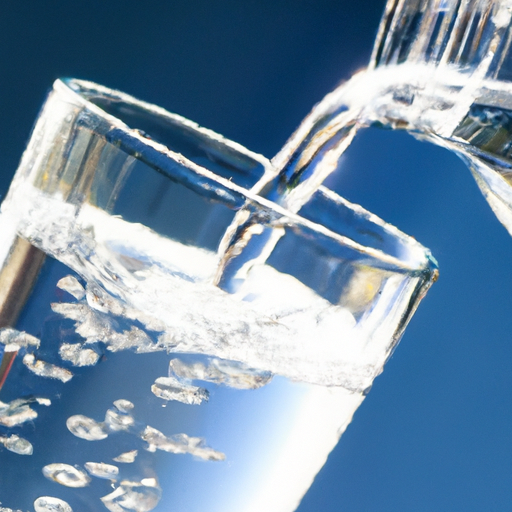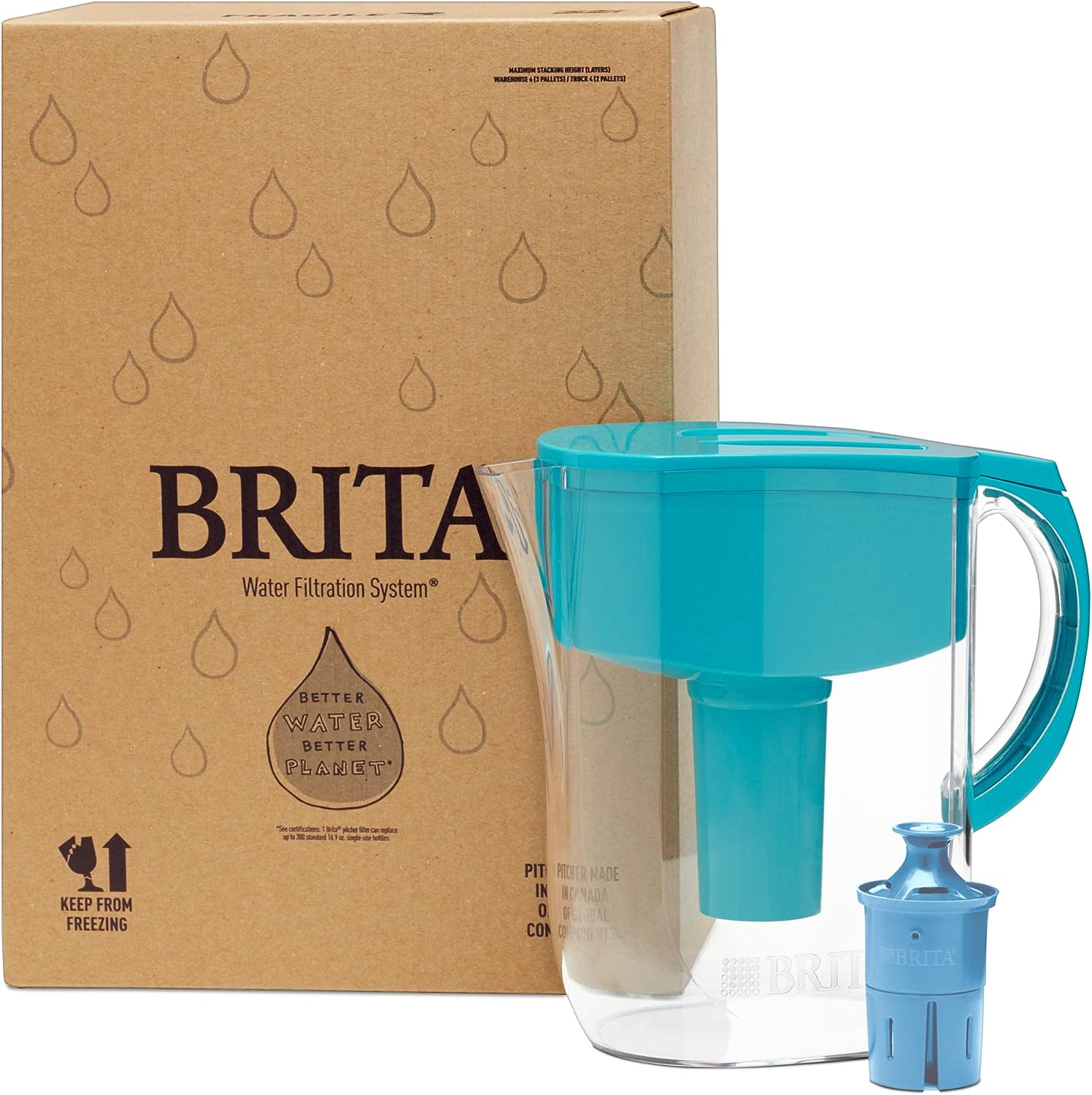
Hey there! Have you ever wondered about the difference between spring water and purified water? It often comes up in discussions about hydration and the best drinking water sources. Well, today we’re going to dive into this topic and explore the pros and cons of both types of water. So, whether you’re a fan of refreshing spring water or prefer the clean taste of purified water, stick around because we’ll learn more about which one comes out on top.
Now, let’s talk about the first contender: spring water. When you think of spring water, you might picture a serene, natural spring flowing through a picturesque landscape. And that’s because spring water is sourced directly from natural springs in the ground. It’s often praised for its purity and natural mineral content. On the other hand, purified water undergoes a rigorous process to remove impurities, chemicals, and contaminants. It typically uses methods such as distillation, reverse osmosis, or carbon filtration to ensure quality. But which one is better? Well, we’ll explore the taste, health benefits, and environmental impact of both types of water in more detail in the upcoming article. Stay tuned!
Introduction
When choosing the best water for hydration, various options are available on the market, the two most popular being spring water and purified water. Spring water is sourced from natural springs, while purified water is subjected to various filtration processes to remove impurities. This article will explore the differences and discuss the factors to consider when choosing between spring and purified water.
Sources of Spring Water
Natural springs
Spring water is naturally sourced from underground springs. These springs occur when groundwater seeps through layers of rocks and is collected in a natural basin. The water is then bottled at the source. Natural springs are abundant in various regions and are often praised for their purity.
Bottled spring water
Bottled spring water is sourced from natural springs and then processed and bottled for distribution. This ensures that the water maintains its natural purity and mineral content. Bottled spring water is readily available in stores and can be purchased in various-sized bottles.

Sources of Purified Water
Tap water
Tap water is the primary source of purified water. It is sourced from municipal water supplies and treated to remove contaminants and impurities. This is typically done through filtration processes such as carbon filtration or exposure to UV light. The treated water is then distributed for consumption.
Reverse osmosis
Reverse osmosis is a popular method used to purify water. It involves passing water through a semipermeable membrane that removes impurities like bacteria, viruses, and minerals. This process produces highly purified water but may also remove beneficial minerals.
Distillation
Distillation is another common method of purifying water. It involves boiling water and collecting the steam, which is then condensed into liquid form. This process removes impurities and produces purified water. However, similar to reverse osmosis, distillation may also remove minerals.
Mineral Content
Minerals in spring water
Spring water naturally contains minerals in the rocks and soil the water passes through. These minerals can include calcium, magnesium, and potassium, among others. The mineral content may vary depending on the source of the spring.
Benefits of minerals
Minerals are essential for maintaining a healthy body. They contribute to various bodily functions and can support bone health, cellular function, and electrolyte balance. Consuming water that naturally contains minerals may contribute to overall mineral intake.
Mineral content in purified water
On the other hand, purified water goes through filtration processes that may remove minerals. While this removes impurities, it also means that the purified water may lack the beneficial minerals found in spring water. However, it is important to note that minerals can also be obtained from other sources in the diet.
Taste and Flavor
The natural taste of spring water
One of the distinguishing features of spring water is its natural taste. The minerals present in spring water can give it a unique flavor profile, which some people prefer over the taste of purified water. The taste of spring water can vary depending on the specific source.
Purified water taste
Purified water, especially when subjected to reverse osmosis or distillation, often has a neutral taste. This can appeal to those who prefer a clean, crisp taste without added flavors or minerals. However, some people may find purified water’s taste bland compared to spring water.
Safety and Purity
Contaminants in spring water
While natural springs are generally considered a clean and reliable water source, there is still a chance of contamination. Spring water can be exposed to environmental pollutants, bacteria, and other microorganisms. Regular testing and proper bottling practices are essential to ensure the safety and purity of spring water.
Methods of purifying water
Purified water undergoes filtration processes specifically designed to remove impurities and contaminants. These processes, such as carbon filtration, reverse osmosis, and distillation, effectively remove harmful substances and ensure the safety of the water. Rigorous testing and quality control measures are also in place to maintain the purity of purified water.
Purified water safety
Due to the rigorous filtration processes used in purifying water, it is widely considered safe for consumption. The removal of impurities and contaminants significantly reduces the risk of waterborne illnesses. However, ensuring that the purification methods used are effective and meet established safety standards is important.
Environmental Impact
Sustainability of spring water
The sustainability of spring water as a source comes into question due to concerns about over-extraction and potential ecological impact. Continuous water extraction from natural springs can deplete the source and disrupt local ecosystems. Additionally, bottled spring water’s transportation and plastic packaging contributes to waste and carbon emissions.
Environmental impact of bottled water
Bottled water, whether spring or purified water, has a significant environmental impact. The production and transportation of plastic bottles contribute to pollution and greenhouse gas emissions. Additionally, the improper disposal of plastic bottles can lead to plastic waste in oceans and landfills. Opting for reusable water bottles and filtered tap water can reduce the environmental impact associated with bottled water consumption.
Cost Comparison
Price of spring water
The price of spring water can vary depending on the brand, bottle size, and location. Bottled spring water is generally more expensive than tap water due to the additional processing and packaging involved.
Cost of purifying water
Purifying water at home using filtration systems or purchasing purified water can be more cost-effective in the long run. While the upfront cost of filtration systems may be higher, they eliminate the need for continuously purchasing bottled water.

Consumer Preferences
Market demand for springwater
Spring water has gained popularity among consumers who prioritize natural and mineral-rich water. The demand for bottled spring water has increased due to the perception that it is healthier than tap or purified water.
Factors influencing choice
When choosing between spring water and purified water, factors such as taste preferences, the presence of minerals, safety concerns, environmental impact, and cost can all play a role. Individual preferences and priorities may differ, so it is important to consider these factors when deciding.
Conclusion: Is Spring Water Better Than Purified Water?
The choice between spring and purified water ultimately depends on personal preferences and priorities. Spring water offers a natural taste and mineral content, while purified water provides a neutral taste and rigorous purification processes. Environmental impact, safety, cost, and consumer preferences should guide decision-making. Staying hydrated with clean and safe water is important, whether from a natural spring or through purification.






